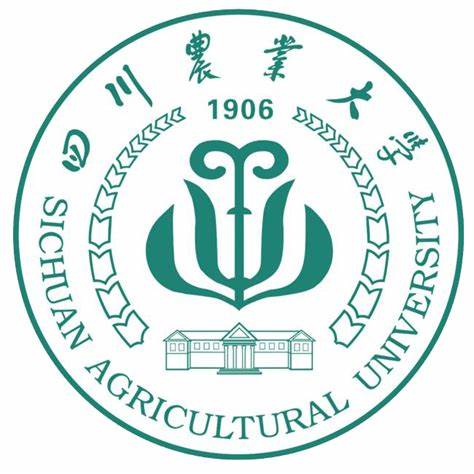Homoeologous pairing and recombination features conferred by Aegilops mutica gene system
作者: 刁圣轩 审稿人:魏育明 时间: 2025-10-22 点击次数:次
https://link.springer.com/article/10.1007/s00122-025-05037-0
Theoretical and Applied Genetics,Volume 138, article number251, (2025)
Mingrui Yang,Wen Xiang,Yingjian Zhang,Ziyue Yuan,Guifeng Lu,Wenjuan Yang,Yunfeng Jiang,Ming Hao,Chaolan Fan,Lianquan Zhang,Lin Huang,Shunzong Ning,Bo Jiang,Xuejiao Chen,Xue Chen,Dengcai Liu&Zhongwei Yuan
Abstract
Aegilops mutica (TT, 2n = 2x = 14) possesses a gene system that counteracts the suppression of homoeologous pairing and recombination by Ph1 gene. In this study, the counteracting effects of the genomes ABT, ABTR, AABBTT, AABBDDTT, and AABBDT were investigated. All harbored the Ph1 gene but exhibited homoeologous pairing. The counteracting effects depend on the constituents of the genome involved. The absence of homologous genomes favored homoeologous pairing, as haploid plants with genomes ABT and ABTR exhibited higher levels of homoeologous pairing than did their corresponding amphidiploid plants with AABBTT. Plants with AABBDT genomes showed higher pairing levels of chromosomes in D-T genomes, but lower pairing levels of chromosomes in D-A/B and T-A/B genomes. The T genome chromosomes more likely to pair with wheat chromosomes in ABTR haploids, whereas the R genome chromosomes were less involved in homoeologous pairing. Interestingly, the T genome showed a higher pairing level with A and D than with B. The most striking feature of theAe. muticagene system is that it can induce a high frequency of chromosomal translocations. Of the analyzed F2 plants derived from the F1hybrids with the AABBDT genome, one harbored twelve translocation chromosomes. Unexpectedly, a triple translocation between the A/B-T-D chromosome and two insertional translocations was observed. In practice, its strong ability to induce homoeologous recombination makes the Ae. muticagene system a new tool for transferring gene from wild relatives to wheat.


